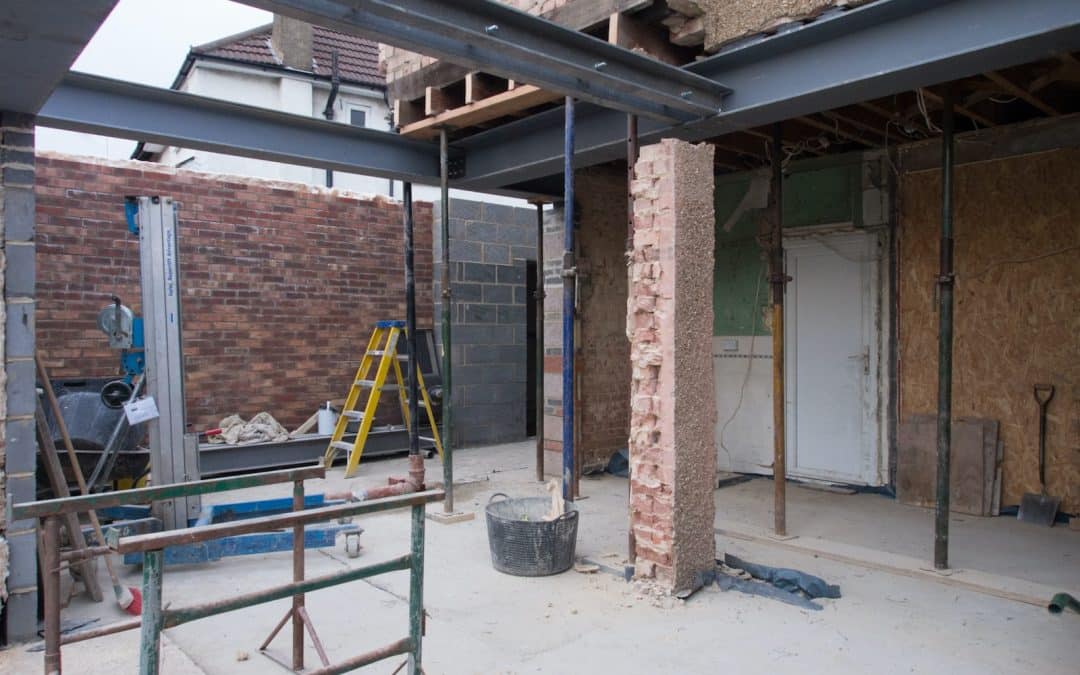Building development refers to the construction of new buildings, as well as the renovation, extension, and repair of existing structures. Building work is a complex and multifaceted process that requires the collaboration of architects, engineers, contractors, and other professionals. In this article, we will explore the various stages of building work, the different types of construction projects, and the importance of safety and regulations in the building industry.
Stages of Building Development
Building development typically involves several stages, including:
- Design: The design stage involves the creation of plans and blueprints for the building, including the layout, structure, and materials to be used. This stage involves collaboration between architects, engineers, and other professionals to ensure that the design is feasible and meets the needs of the client.
- Planning: The planning stage involves obtaining the necessary permits and approvals for the construction project, including zoning permits, building permits, and environmental assessments. This stage also involves developing a timeline and budget for the project.
- Site preparation: The site preparation stage involves clearing the land and preparing the site for construction, including excavation, grading, and installation of utilities.
- Foundation: The foundation stage involves the installation of the foundation, which supports the structure and ensures stability.
- Framing: The framing stage involves the construction of the walls, roof, and other structural components of the building.
- Electrical, plumbing, and HVAC: The electrical, plumbing, and HVAC (heating, ventilation, and air conditioning) systems are installed during this stage.
- Finishing: The finishing stage involves the installation of fixtures, flooring, and other finishes, as well as the painting and decorating of the building.
- Inspection and final walkthrough: The building is inspected to ensure that it meets all safety and regulatory requirements, and a final walkthrough is conducted to ensure that the building is complete and functional.
Types of Construction Projects
There are several types of construction projects, including:
- Residential construction: Residential construction involves the building of homes, apartments, and other residential structures.
- Commercial construction: Commercial construction involves the building of offices, retail spaces, restaurants, and other commercial structures.
- Industrial construction: Industrial construction involves the building of factories, warehouses, and other industrial structures.
- Infrastructure construction: Infrastructure construction involves the building of roads, bridges, airports, and other public works projects.
Importance of Safety and Regulations
Safety is a critical concern in building work, as construction sites can be dangerous and accidents can be deadly. Safety regulations are in place to ensure that construction sites are safe for workers and the public. These regulations include requirements for protective equipment, training, and safety protocols.
In addition to safety regulations, building work is subject to various regulations and codes that ensure that buildings are constructed to a certain standard. These regulations and codes cover everything from structural integrity to fire safety to energy efficiency. Compliance with these regulations is necessary to ensure that buildings are safe, functional, and sustainable.
Conclusion
Building development is a complex and multifaceted process that involves the collaboration of many professionals. From design to construction to finishing, building work requires careful planning, attention to detail, and a commitment to safety and regulations. Whether you are building a new home, renovating an existing one, or constructing a commercial or industrial building, it is important to work with experienced professionals who can ensure that your project is completed to a high standard.

